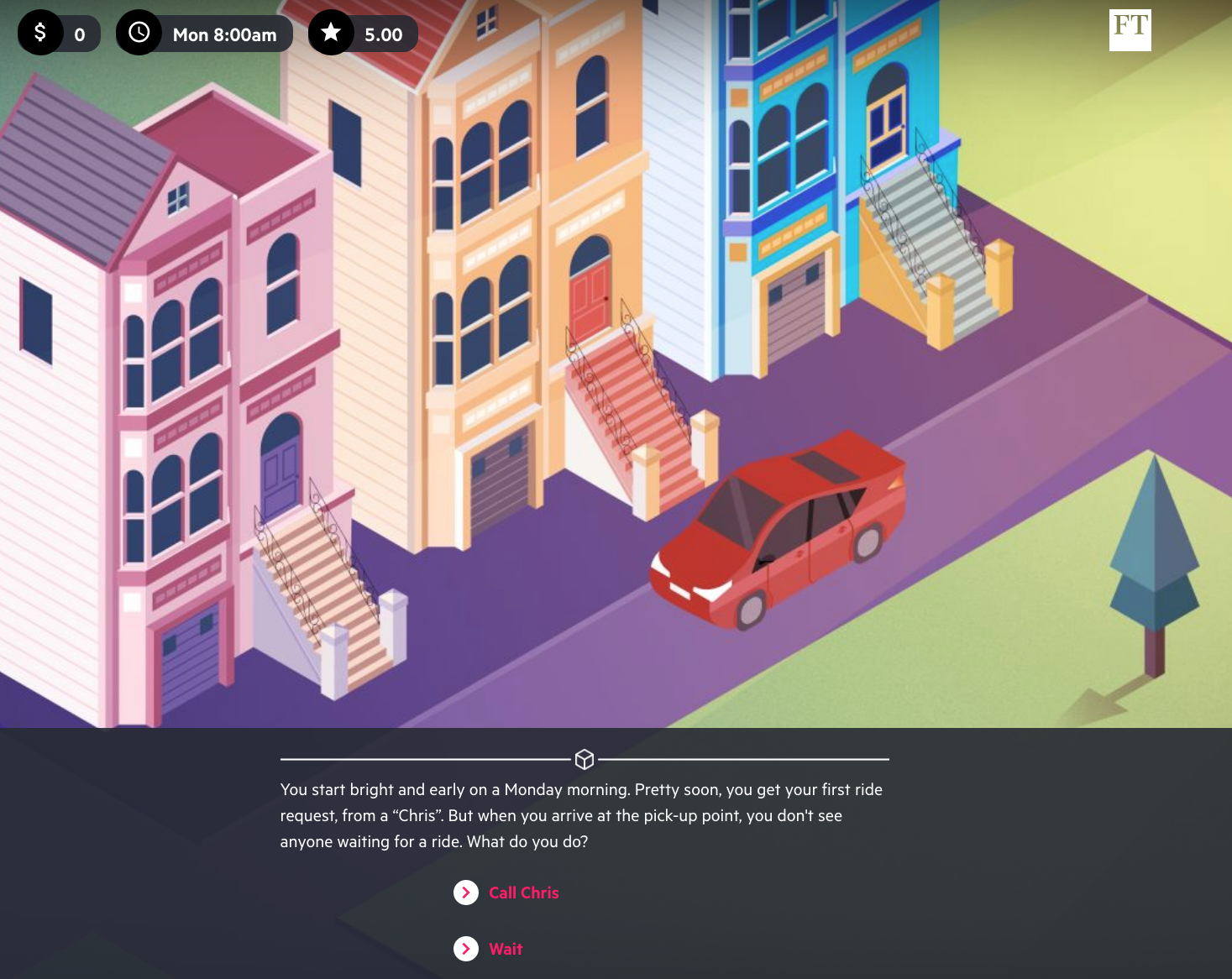Advancing the Story: Quality Journalism in a Digital World
Explore
Online Graphics Options
Graphics are a way to add depth, context, and meaning to stories. They can show patterns, make comparisons, and indicate change over time. Interactive graphics on the web can do even more.
- Letting users explore data gives them another way of understanding the story.
- Users exploring interactive data will stay longer on the site.
- You can use more information in an interactive graphic than you ever could in print or on the air.
Here are just a few examples of how news organizations have used interactive graphics to bring data to life.
When a devastating hurricane hit Houston, the New York Times created an animated map with a time line showing rainfall over a 7-day period and an interactive map showing the path of the storm.

BuzzFeed created a searchable database of disciplinary records from the New York Police Department, giving people who’ve been charged with a crime a way “to find out if the officer who arrested them has a misconduct record that might affect their credibility with a jury.” The web package also provided a guide to help users understand the documents.

Interactive games give online users a different way of experiencing data. In reporting on the realities of trying to make a living as an Uber driver, The Financial Times created a game so users could explore the challenges for themselves.

Lots of news organizations create weekly quizzes to keep their audience engaged. The BBC created one to help its readers learn how to spot “fake news.”

Political gerrymandering is a complicated issue. The Texas Tribune explained it in an online interactive, with plenty of maps, showing how congressional districts were drawn along racial lines.

Find more interactive graphics to explore at the Online News Association's annual awards.
